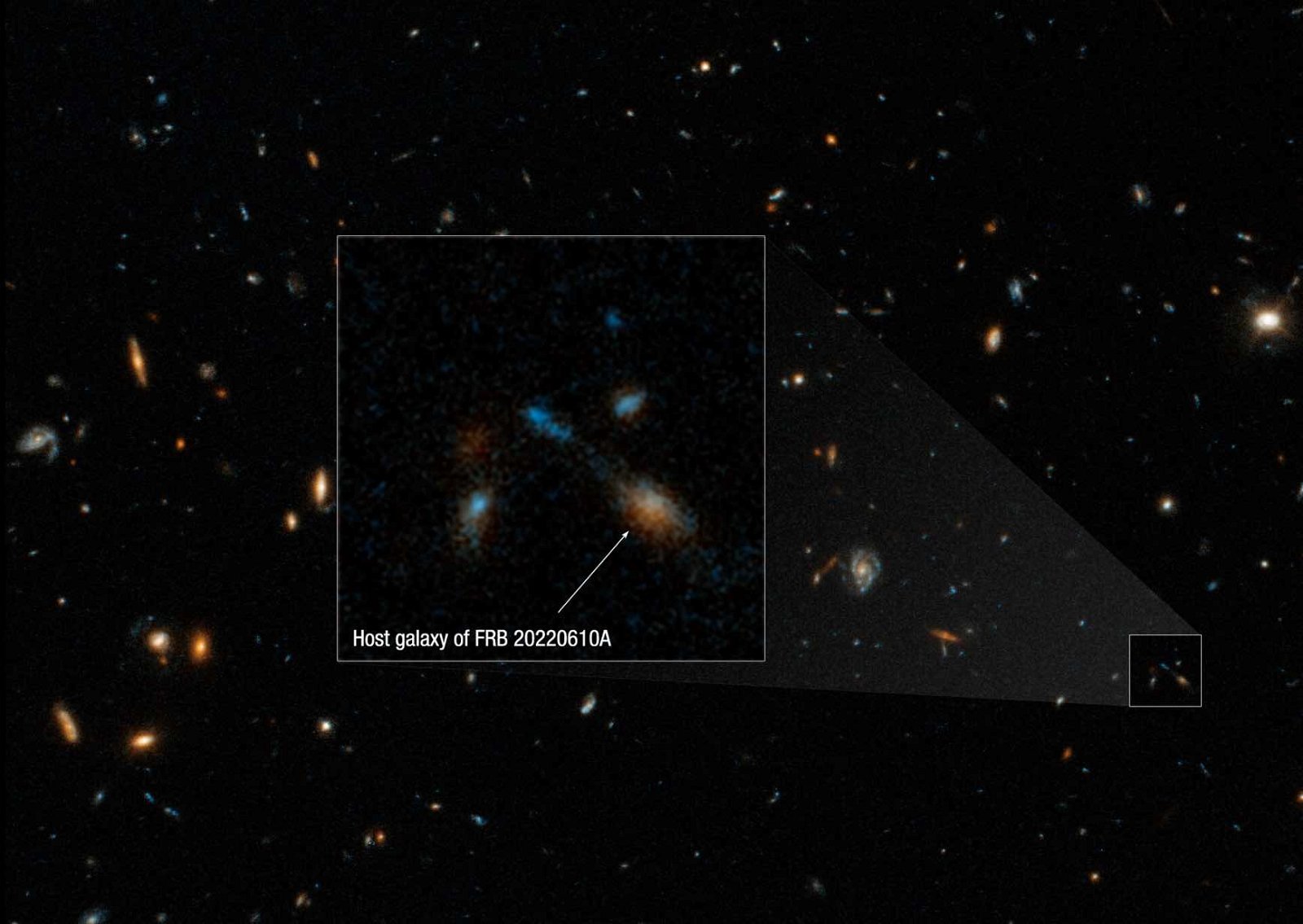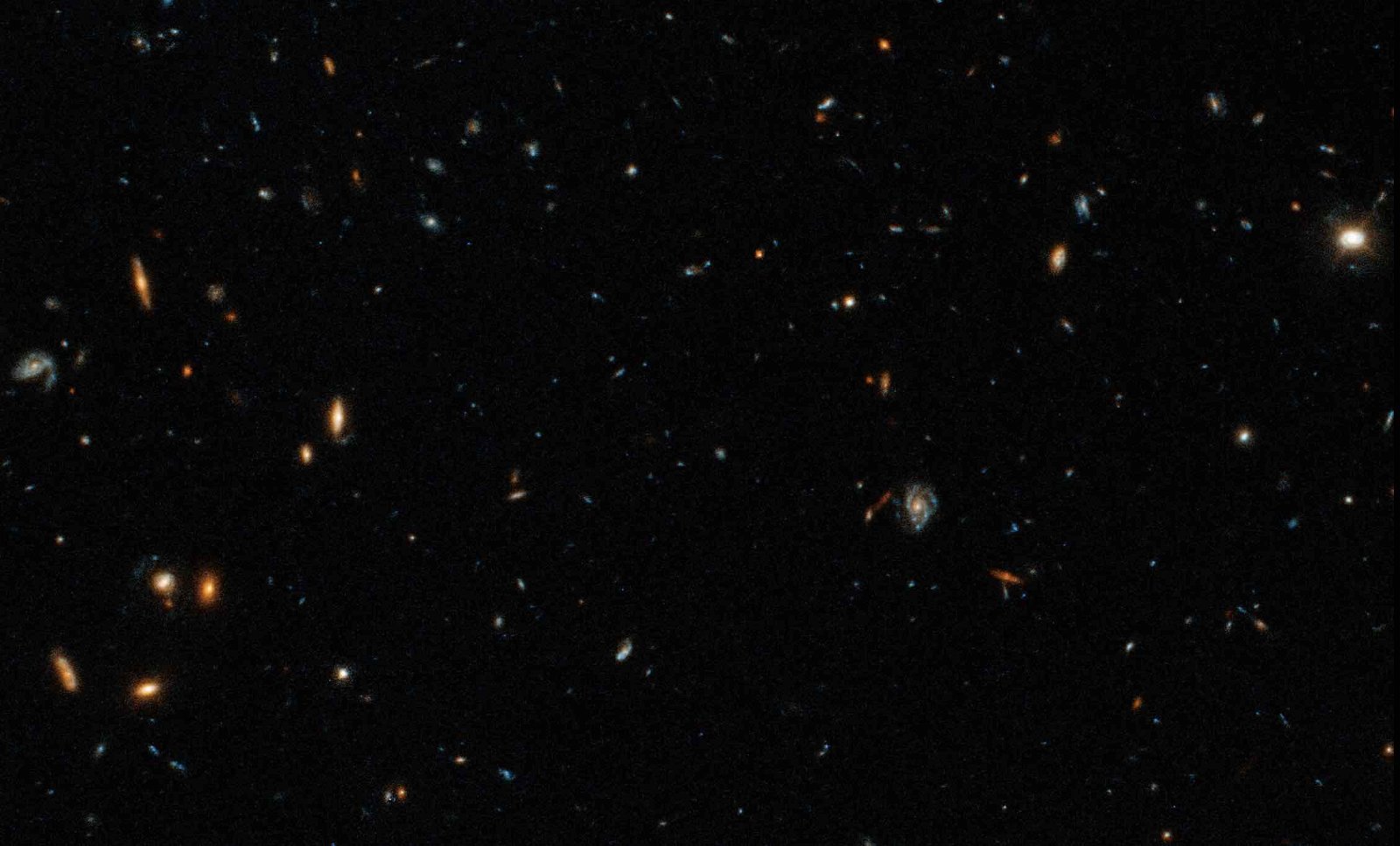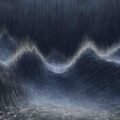A team of astronomers says they have found the unusual location of a rare cosmic event, which appears to be the farthest of its kind yet detected, with help from NASA’s Hubble Space Telescope.
Initially detected on June 10, 2022, FRB 20220610A was originally spotted by the Australian Square Kilometer Array Pathfinder (ASKAP) and later confirmed to have come from very far away by the European Southern Observatory’s Very Large Telescope in Chile.
Lasting for as little as just a few milliseconds, the mysterious transient radio signal, known as a fast radio burst (FRB), is an extremely fast radio discharge produced by a high-energy process that remains somewhat mysterious to astrophysicists. However, a range of theories about their cause have been proposed in recent years.
One thing regarding FRBs that most scientists agree on is that in the short few milliseconds they last, they emit energy comparable to what the Sun takes three days to produce.
The recent FRB detection is unique for other reasons, too. With its point of origin having been traced halfway across the universe, it is both the farthest and the most powerful currently known to have been recorded.


However, the power and distance of this FRB aren’t all that makes it unique. The mysterious signal also appears to be coming from a collection of galaxies that existed when the universe was perhaps as young as just 5 billion years old. By contrast, most FRBs have been detected in more isolated galactic regions, an aspect of its origins that one recent NASA statement characterized as being “an oddball place.”
Alexa Gordon, an astronomer at Northwestern University in Evanston, Illinois, and lead author of a new paper describing the research, said that without the aid of the new Hubble imagery, it would have been impossible to know the truth about the FRB’s unusual origins.
Also intriguing is the notion that the FRB originated from a location where seven galaxies may be converging, an observation that may help to provide clues about the mysterious radio bursts.
Most astronomers recognize FRBs as likely being associated with objects like black holes or specific types of neutron stars with intense magnetic fields called magnetars. Close to one trillion times stronger than the magnetosphere encasing the Sun, some astronomers believe that fluctuations in the magnetic field lines as they snap and reconnect could one possible source of FRBs.
In the years ahead, new experiments designed to search for FRBs will increase their sensitivity and could greatly increase the number of FRBs that become detectable, even across great distances.
Gordon says she and her colleagues must continue to search for these mysterious radio pulses both nearby and in the farthest reaches of the cosmos to gain deeper insights into the mysterious nature of FRBs.
“Given the low occurrence rates of galaxies in compact groups, the discovery of an FRB in such a group demonstrates a rare and novel environment in which FRBs can occur,” the team writes in their new paper.
“It’s these types of environments – these weird ones – that are driving us toward better understanding the mystery of FRBs,” Gordon said in a statement.
Wen-fai Fong, also of Northwestern University and a co-investigator in the study, said the team is ultimately trying to learn not just what causes FRBs but also what precedes them.
“The Hubble observations provide a spectacular view of the surprising types of environments that give rise to these mysterious events,” Fong said.
The team’s paper, “A Fast Radio Burst in a Compact Galaxy Group at z ∼ 1,” can be read at the preprint website arxiv.org.
Micah Hanks is the Editor-in-Chief and Co-Founder of The Debrief. He can be reached by email at micah@thedebrief.org. Follow his work at micahhanks.com and on X: @MicahHanks.

